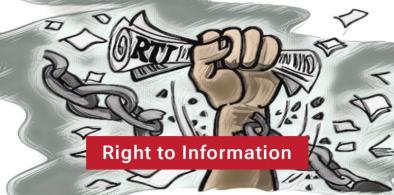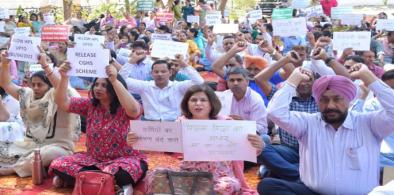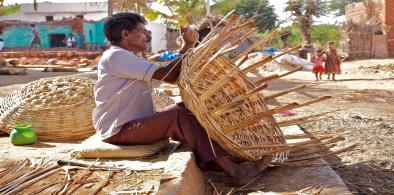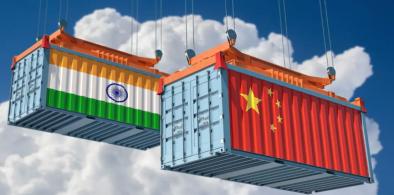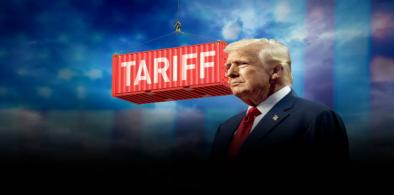IndiGo’s meltdown, telecom’s flip-flop policy history, the fragility of airport PPPs, the helplessness of education regulators—all point to one truth: India’s regulatory state is not yet strong enough to discipline the giants it has created, nor can they rein in monopolies. Until regulators regain independence, authority, and credibility, India…
Breadcrumb
- Home
- Contributors
- Contributors
- Ajit Ranade
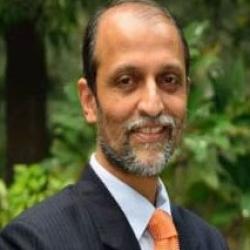
Ajit Ranade
About Ajit Ranade
Right To Information In Danger Of Becoming Right To Deny
- Nov 14, 2025
What needs to be done is as follows. Firstly, restore the public-interest override and RTI balance must be returned. Privacy does matter, but corruption, abuse of State power, and public finance accountability matter more. Secondly, we must reinstate the proviso that information that cannot be denied to Parliament cannot be denied to any…
Teachers as daily wagers: To Become Knowledge Economy, India Needs to First Fix its Education Foundations
- Sep 04, 2025
The combined effects of teacher shortages, contractualisation, and parallel schooling are devastating for India’s long-term competitiveness. It leads to poor learning outcomes, misaligned workforce skills…
India Needs Urgent Reforms To Meet Trump Tariff Challenge
- Aug 05, 2025
India chose to draw the line on three things. Firstly, no liberal access to agriculture and dairy market in the country. This is especially for maize, corn, soyabean and dairy produced from cattle fed with animal protein. Secondly, no access for genetically modified crops or agriculture products. Thirdly no import of ethanol for fuel purposes…
After Eliminating Extreme Poverty, India Should Focus On Livelihoods and Jobs
- Jun 12, 2025
India will soon need to focus on reducing relative poverty and inequality too since the spoils of high economic growth cannot be cornered by a small few at the top. The elimination of extreme poverty in the next five years is a good shot in the arm, but in the journey toward a developed nation India has much work to do.
Can India ever catch up with China? Third-largest economy is stuck in middle-income trap
- May 29, 2025
The first “I” of the World Bank stands for investment, which India must increase to 40 percent of GDP. It must also increase labour force participation of women from 35 to 50 percent. The second “I” refers to infusion of new technologies, by linking with global value chains, by trade agreements, and reducing tariffs and barriers to foreign…
After The Ceasefire: India Has More At Stake To Keep The Peace
- May 14, 2025
So high military spending is inevitable. But it is clear that peace is not possible without economic prosperity at home. It is also clear that projecting power abroad is not possible without high, sustained and inclusive economic growth. It is clear that a conflict free, relatively peaceful India will attract the maximum foreign capital in the…
Ambedkar had warned of potent dangers to India's democracy
- Apr 17, 2025
Thanks to Ambedkar, India adopted modernity via an extremely enlightened constitution which is a living, throbbing document, open to amendments. But constitutional morality is not in our genes. It has to be cultivated as a habit. In our actions and administration; the spirit of the constitution must not be forgotten. This is but one of…
Can India turn Trump's tariffs into an opportunity?
- Mar 07, 2025
India is the world’s largest producer of milk, has the highest population of cattle, is among the top two or three producers of fruits and vegetables, and has one of the longest coastlines. How well does that translate into export of milk products, cheeses, confectionary, meat, poultry, fisheries, fruit juices, nutraceuticals, organic foods?…
Why the dollar dominates the global economy
- Feb 20, 2025
The rise of India and China in the 21st century will surely challenge the hegemony of the dollar. India’s rise is benign, while China’s rise threatens the west. Their evolving bilateral relationship will surely shape world trajectory as well as affect the dollar’s dominance. But for now, the dollar is king
Pagination




